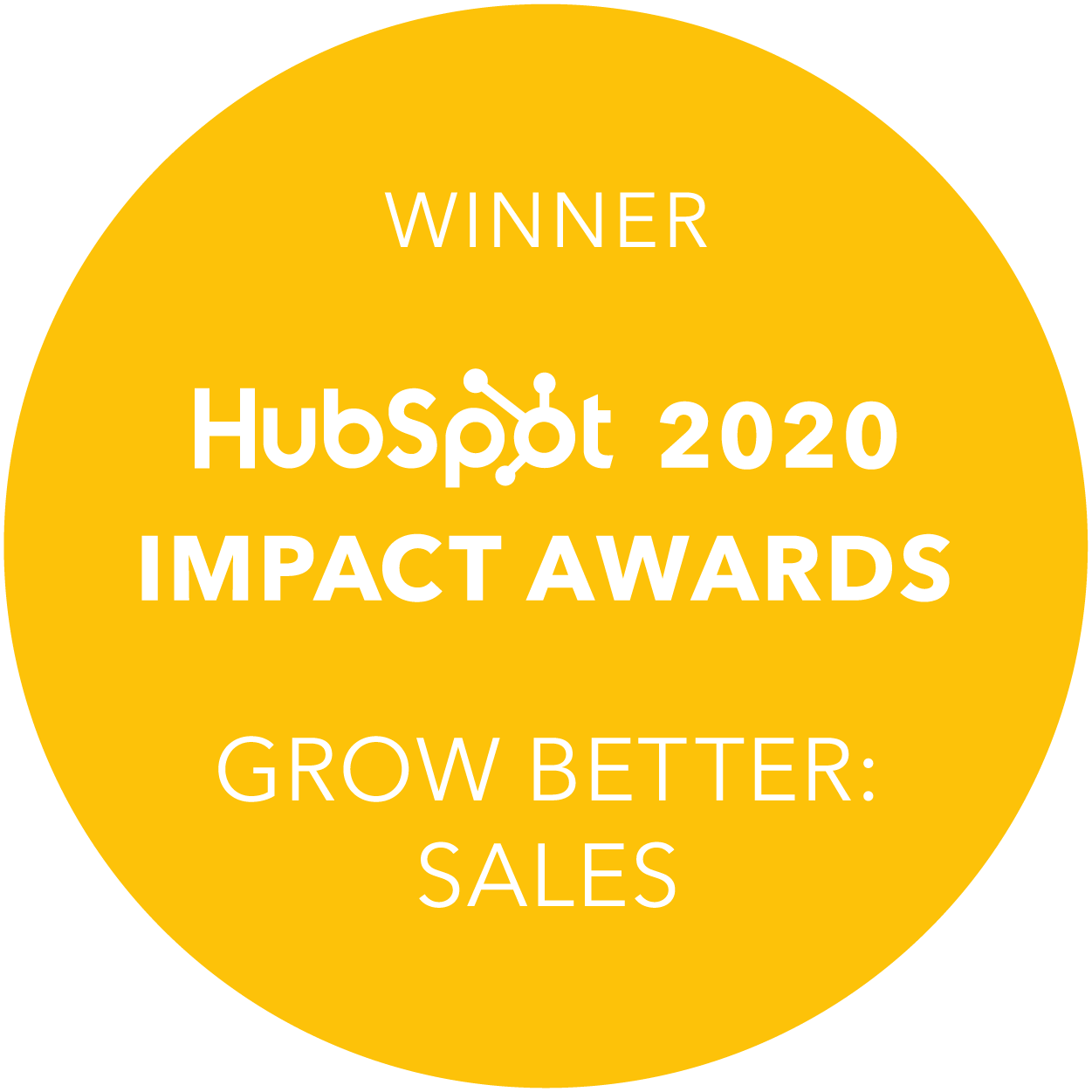Cold calling. Those two dreaded words that have become synonymous with pushy sales. Cold calling has amassed such a negative reputation over time for its intrinsically interruptive and annoying approach.
The vast amount of information at consumers finger-tips today has entitled buyers. No longer are sales reps viewed as the gatekeeper of information. Today, consumers do their research online at their own pace and are only ready to speak with a salesperson at the final stage of the buyers journey.
This has forced sales reps to adapt their role from hard seller into helpful, insightful and trusted experts. As a result, cold calling in its traditional sense is dead.
However, inbound content marketing can help sales target prospects in smarter ways that will lead to a relevant conversation between buyer and seller. Here’s how inbound marketing can help your sales team melt the ice on cold calls in 2018.

Phone friends, not enemies
“If content is king in the marketing industry, context is king in the sales industry.” Let’s suppose you turn up unannounced on the doorstep of a strangers house. You knock on the door. They open and you bravely ask whether you may come inside and join for dinner. Chances are, they are likely to act a little cold and decline your request. You might even get the door slammed in your face. And quite rightly, you’re an unwanted stranger intruding on their privacy. Now let's consider a scenario where you’re invited to a friends place for dinner. You turn up to their house at the agreed time, with a bottle of wine in hand and knock on the door. Your friend opens the door and welcomes you in warmly.
Inbound content marketing warms up cold calls in much the same way by layering context onto outreach. With the help of inbound marketing software, like HubSpot, you can find out a little bit of information about prospects. No longer is the prospect a random hopeful one, but someone who already has an established relationship with your brand. Cold Calling is creepy, like the random stranger. Inbound marketing helps sales by layering context onto the interaction, turning that stranger into a familiar friend.
A friend in need, is a friend indeed
But making friends doesn’t happen overnight, nor is it easy. When it comes to relationships, we’ve evolved to favour quality over quantity. That’s why we don’t befriend every like-minded individual that crosses our path. Instead, the quality of our relationships grow over time through building trust. It works in much the same way with your customers. 98% of the people who visit your website leave without taking action. With so many companies in the world all offering similar products and services, buyers seek value before they purchase, not after. An element of trust needs to be established before the prospect is ready to be engaged with. That’s why social selling is focused on helping rather than closing prospects. Over time, helping prospects will gradually move them down the funnel until they are ready to purchase.
To understand the buyer's journey, let's take the friend analogy. Our initial interaction with a company might be similar to how you act with an acquaintance. Perhaps a bit like Sarah, the one who sits opposite you in the office but that you never really talk to outside of work. We recognise her when we see her, but we are still not sold. Exposure to social media posts and blogs may leads us to return to a company's website for more content or subscribe to email marketing. This stage of the buyer's journey is more like a mutual friend you’ve started to meet regularly having met at a party a few weeks prior. It’s still early days, but you’re becoming more familiar with each other. Eventually, you return to buy. This is like the friend you’ve known since school, you’ve been through a lot together, but you know that whenever you meet, it’ll be like old times. Finally, you arrive at the “advocacy” stage. This is the best friend, one of the five truest that you can count on your right hand. It’s a pleasure being in their presence. You appear on social media posts together again and again. These are companies that you have built up meaningful associations with through multiple pleasurable experiences and therefore, are not hesitant to interact with.
Telling sales reps to reach out to prospects at the beginning of the buyers journey is like your colleague trying to make you befriend Sarah. No matter how hard they try, it’s not going to happen. It’s important for sales reps to be spending most of their time reaching out to prospects at the bottom of the funnel. These are the ones subscribing to newsletters, connecting with you on social media and watching videos about your product or service. By accessing each prospect’s digital footprint, you already know what problem each prospect is trying to solve. Inbound marketing allows your sales reps to concentrate on ringing 50 best friends rather than 50 Sarah’s.
Let friendships develop naturally
Making friends can be tiring. Ever been to a wedding and been introduced to the second Ian for that day? As you go over to mingle, you desperately try to remember which one had the moustache and which one didn’t. Traditional cold calling tactics can be equally tiring. 70% of exec level buyers say that sals people are not prepared for the questions they ask. A buyer relationship builds over time. There’s no way a sales person or a cold call can be as prepared as a social seller. Constantly smiling and dialling in hope that this will be the one that doesn’t hang up before you’ve had a chance to introduce yourself can no longer be considered a sales strategy.
Thankfully, marketing automation and inbound marketing go hand-in-hand. Once again, marketing helps sales to reach out to the right person, with the right content, at the right stage of the buyers journey. As you drive warm leads to your website through inbound marketing, marketing automation sends those leads to a central database, tracks each lead’s activity on your website, and alerts your sales people when it’s the right time to reach out to a warm prospect. The more automated you can make your salespeople’s workflow, the more efficient they can be with their time. They spend less time organising tasks, and more time having lucrative conversations with potential customers.
Conclusion
Ironically, the “shotgun approach” that spawned traditional cold calling tactics has well and truly killed itself. In a war of attrition, ammunition decides who wins. With savvy buyers fighting back against unsolicited prospecting, sales has lost some of its best weaponry. However, the question is not whether to pick up the phone again, but rather, how to develop a smart and targeted way of prospecting for business that will lead to a relevant conversation between buyer and seller.
As fate would have it, and in another seemingly bizarre case of twisted irony, inbound marketing has helped amplify the outbound sales process. Focusing on content as a way of adding value to prospects allows them to become more receptive to targeted calls. Identifying a prospects exact problem and assisting accordingly shifts the focus from “always closing” to “always helping”. This layers context onto outreach. Digital marketing tactics offer transparency and layers context on your outreach, allowing you to automate the process and let the warm leads come to you, rather than you going to them. This allows you to shift resources and prioritize work accordingly.
In 2018, give prospects a reason to pick up their phone and remember, a friend in need, is a friend indeed.
As a HubSpot Partner Agency in Woking, we can help you attract more qualified leads, increase your sales lead conversions and improve your sales effectiveness.

.png?width=200&height=67&name=RevM%20Digital%20Marketing%20Agency%20Woking%20Surrey%20(1).png)







